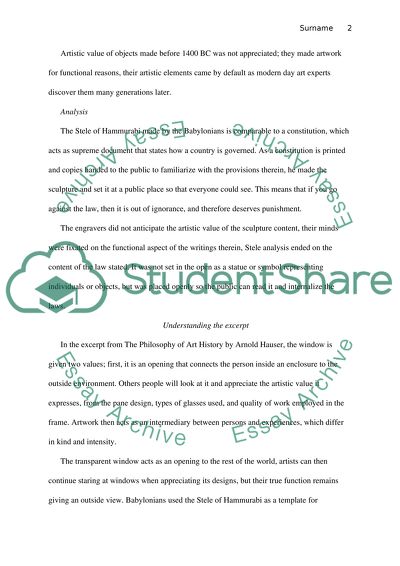Cite this document
(“The Stele of Hammurabi Essay Example | Topics and Well Written Essays - 1000 words”, n.d.)
Retrieved from https://studentshare.org/history/1395869-the-stele-of-hammurabi
Retrieved from https://studentshare.org/history/1395869-the-stele-of-hammurabi
(The Stele of Hammurabi Essay Example | Topics and Well Written Essays - 1000 Words)
https://studentshare.org/history/1395869-the-stele-of-hammurabi.
https://studentshare.org/history/1395869-the-stele-of-hammurabi.
“The Stele of Hammurabi Essay Example | Topics and Well Written Essays - 1000 Words”, n.d. https://studentshare.org/history/1395869-the-stele-of-hammurabi.


